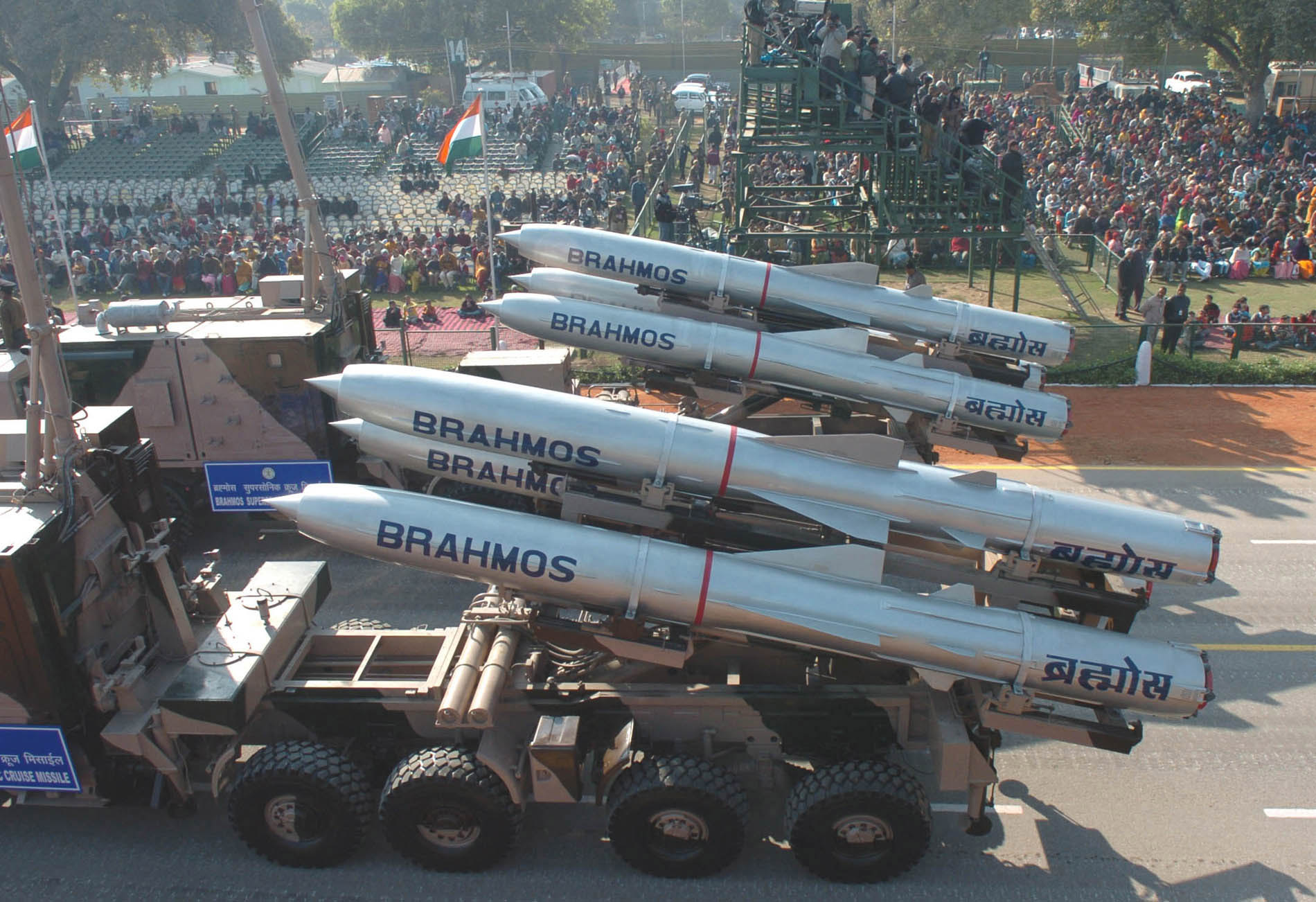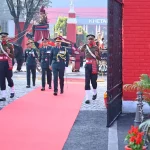South Asia stands on the edge of a serious military confrontation as India and Pakistan engage in a dangerous exchange of missile strikes targeting each other’s military infrastructure. The escalation began following deadly missile attacks launched by Pakistan on Indian territory, to which India responded late last night with precision BrahMos missile strikes on multiple Pakistani military bases.
India’s strikes, which reportedly targeted over a dozen strategic installations including the Skardu and Bholari air bases, mark one of the most intense retaliatory actions in recent years. Indian officials claim the strikes were limited to military targets such as command centers, radar systems, and weapons depots, stressing that all precautions were taken to avoid civilian casualties.
The strikes are widely seen as a direct response to last month’s militant attack on Indian tourists in Pahalgam, Kashmir—a tragedy India blames on Pakistan-based terror outfits like Jaish-e-Mohammed. While Pakistan has denied any involvement in the Pahalgam incident, its defense minister insisted that any state-sanctioned strike would be publicly acknowledged and not carried out covertly.
Islamabad has reported at least 31 fatalities and 57 injuries as a result of the Indian missile attacks. Additionally, Pakistan claims to have shot down 25 Indian drones deployed during the offensive. These claims remain unverified, as New Delhi has not issued any statement confirming or denying drone losses.
The latest escalation follows a troubling pattern in India-Pakistan relations, which have frequently teetered on the edge of open warfare. Notably, a 2022 incident involving the accidental launch of an Indian BrahMos missile into Pakistani territory had earlier raised alarms about the fragility of command protocols in the region.
The international community has reacted swiftly. U.S. Secretary of State Marco Rubio held urgent conversations with both Indian External Affairs Minister S. Jaishankar and Pakistani Prime Minister Shehbaz Sharif. In his statements, Rubio emphasized the urgency of diplomatic dialogue and reiterated U.S. support for India’s anti-terror efforts, while urging both sides to avoid further escalation.
Other nations, including members of the UN Security Council, have echoed these sentiments, calling for immediate ceasefire adherence and resumption of diplomatic talks. Despite a temporary ceasefire declared hours ago, reports of power blackouts across Pakistan’s Punjab province have raised fresh concerns about the situation’s stability.
Military analysts warn that if the tit-for-tat pattern continues, the region could slip into a broader conflict with devastating consequences—especially given the nuclear capabilities of both countries. The Indian Express has reported that India deployed advanced loitering munitions and precision-guided drones during the operation, indicating a new phase of modernized warfare between the long-standing rivals.
As global diplomatic channels work overtime to contain the crisis, the region and the world remain tense, hoping that backchannel negotiations can succeed where military strikes have failed—in restoring peace.













